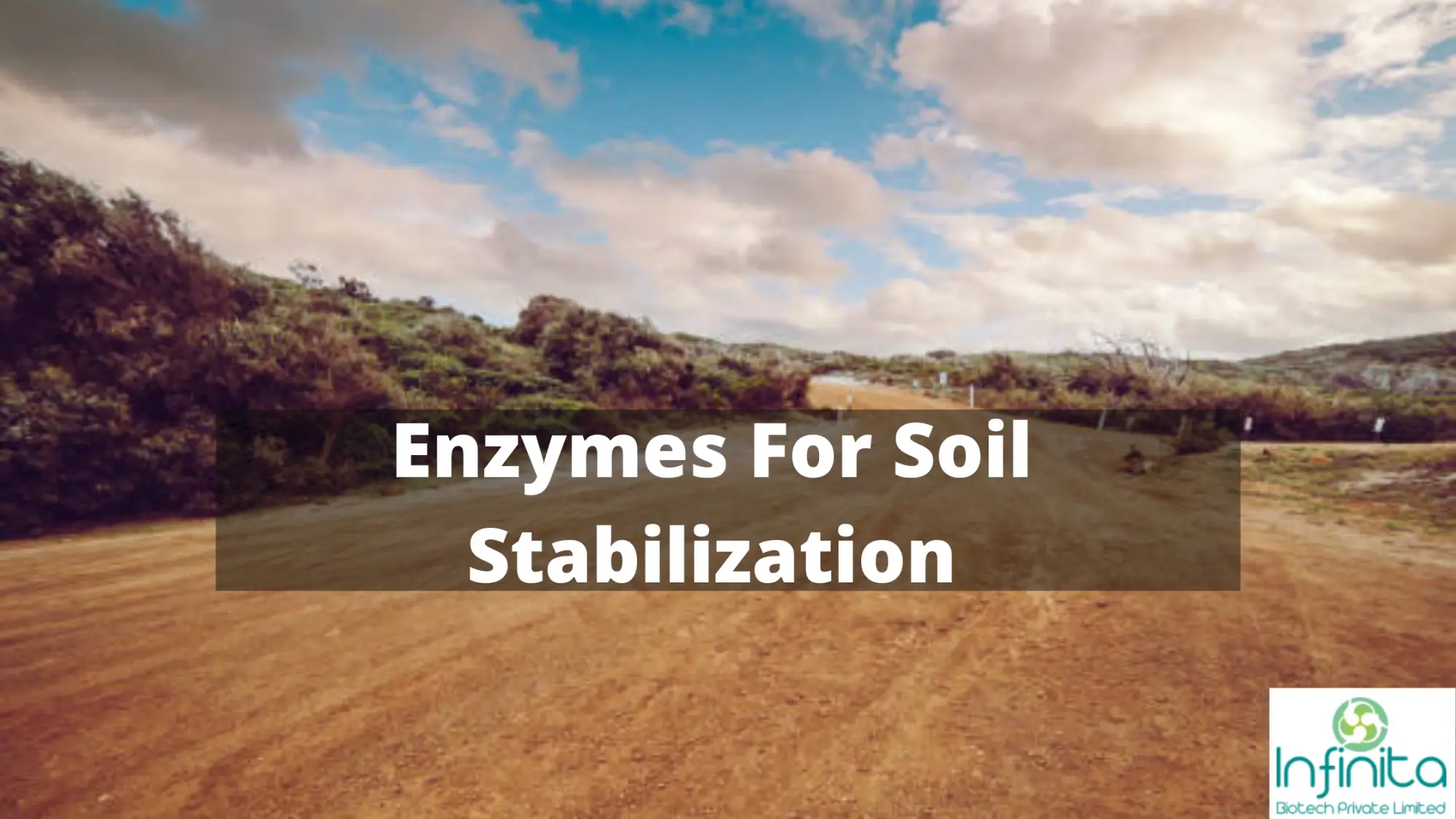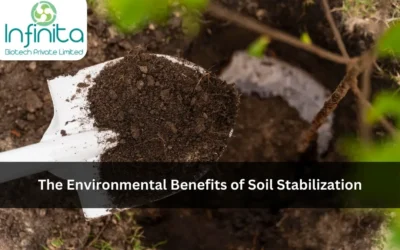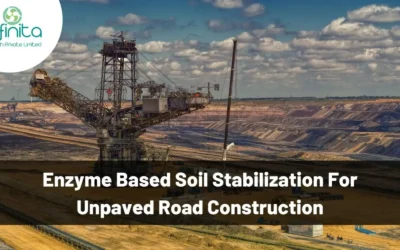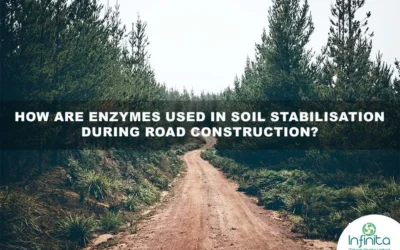Effective Enzymes For Soil Stabilization
Soil stabilization may be defined as changing and improving the structural properties of soil through chemical or mechanical means. This is done to check soil erosion, dust prevention, raised soil density and durability. Soil stabilization increases the structural integrity of the construction on the soil and is a fundamental part of the road construction industry. Bio enzymes for soil stabilization are increasingly being used for soil stabilization and are replacing the conventional methods. These conventional methods are ecologically adverse and cause heavy carbon emissions.
Soil Stabilization-An Overview
Soil stabilization as mentioned before is the alteration of soil to improve its physical property through chemical, physical and biological means. It is generally used in the construction industry and specifically for building good-quality roads. Good roads require stable and durable soil and thus soil stabilization is done when the soil lacks such properties. The soil quality is improved by increasing its dry unit weight, increasing the performance of already present subsoils, bearing capacities, and change in volume. Conventional methods of soil stabilization are capital intensive and require huge funds to be invested. The raw materials required for stabilization materials are also getting scarce. Though many innovations and additions like using bitumen, hydrated lime, and Portland cement are used for soil stabilization now, the bio enzyme benefits for soil stabilization are more promising and rewarding in the long term.
Enzymes as Soil Stabilizer
Enzymes are biocatalysts that increase the rate of chemical reactions without undergoing any changes themselves. Bio-enzymes catalyze the chemical reactions in the soil surface, which results in increasing the density of soil and thus less water retention. This results in getting the soil stabilized and preparing it for the construction of roads. Bio-enzymes require a minimum amount of clay in the soil to work properly. Bio-enzyme treated soil forms a high density, firm, and water-resistant layer as a result of chemical soil stabilization which results in soil surface perfect for road surfacing, dust suppression, and constructing different types of hard surfaces and roads appropriate for construction and transport purposes.
Bio-Enzymes and Conventional Soil Stabilizers-A Comparison
Convention soil stabilizers like hydrated lime and cement are expensive compared to bio-enzymes with their end cost rising much more than 3 times than bio-enzymes. Conventional stabilizers are bulky, take huge space and thus inculcate high transportation costs. In comparison enzyme soil stabilizers are transported in concentrated liquid form and thus require less space during haulage. The enzymes are mixed with water at the construction site and used for stabilization purposes. This results in less transportation and carriage costs without damaging the environment, ecology and lowering pollution.
Also Read: How Are Enzymes Used in Textile Industry?
Mechanism – Bio enzymes for Soil Stabilization
Bio-enzymes stabilize the soil through the below-mentioned mechanisms.
- When bio-enzymes are introduced in the soil, they are adsorbed by the clay grid, the process releases cat-ions which reduces the thickness of the diffuse double layer of clay.
- When bio-enzymes are introduced in the soil, they catalyze the reaction between big organic molecules with small clay particles present in the soil. Large organic molecules have large flat structures which cover the surface of smaller clay particles, neutralize their negative charge, and lower the hygroscopic nature of clay. This covering effect prevents any more absorption of water in the soil and further loss of density.
Bio-enzyme Production
Bio enzymes for soil stabilization are produced through various methods. These include the extraction of bio enzymes from microorganisms produced through fermentation of crop plant biomass, vegetable matter, and leftover molasses from the sugarcane industry. These microorganisms include fungi and various types of bacteria including aerobic bacterial species and urolytic bacterial groups. These microorganisms produce several exoenzymes which are easily collected in high concentrations. The enzyme soil stabilizers thus produced are degradable and nontoxic and dissolve overtime after their work is finished.
Bio enzyme Benefits
There are several benefits of using bio-enzymes in soil stabilization. Some of these are:
- Cost-effective and less time-consuming than conventional methods of soil stabilization.
- Reduces carbon footprint and pollution levels.
- Does not contaminate soil as conventional methods like using cement, fly ash and hydrated lime does.
- Bio enzymes are organic and have no adverse effect on the human body, whether through inhalation or touching, whereas cement and lime have adverse effects if handled with bare hands or inhaled.
- Improves horticultural applications when used in vineyards and orchards.
- Stabilizes soil and prepares surfaces for unpaved and paved roads, parking areas, airfields, mining roads, and other constructions.
Conclusion
Chemical soil stabilization through bio enzymes is becoming quite popular, with reputed institutions like WHO and UNESCO also endorsing them. Bio enzymes are natural and derived from vegetables and plant matter. They pose no threat to soil ecology and are non-toxic and very cost-effective. Developing countries can derive major economic benefits by substituting conventional soil stabilizers with bio enzymes, as these are quite cheap compared to other methods. This will lead to fewer expenses and larger roads and thus extensive transport networks all over the developing countries. This will boost economic activity and contribute to the prosperity and development of the connected regions.




